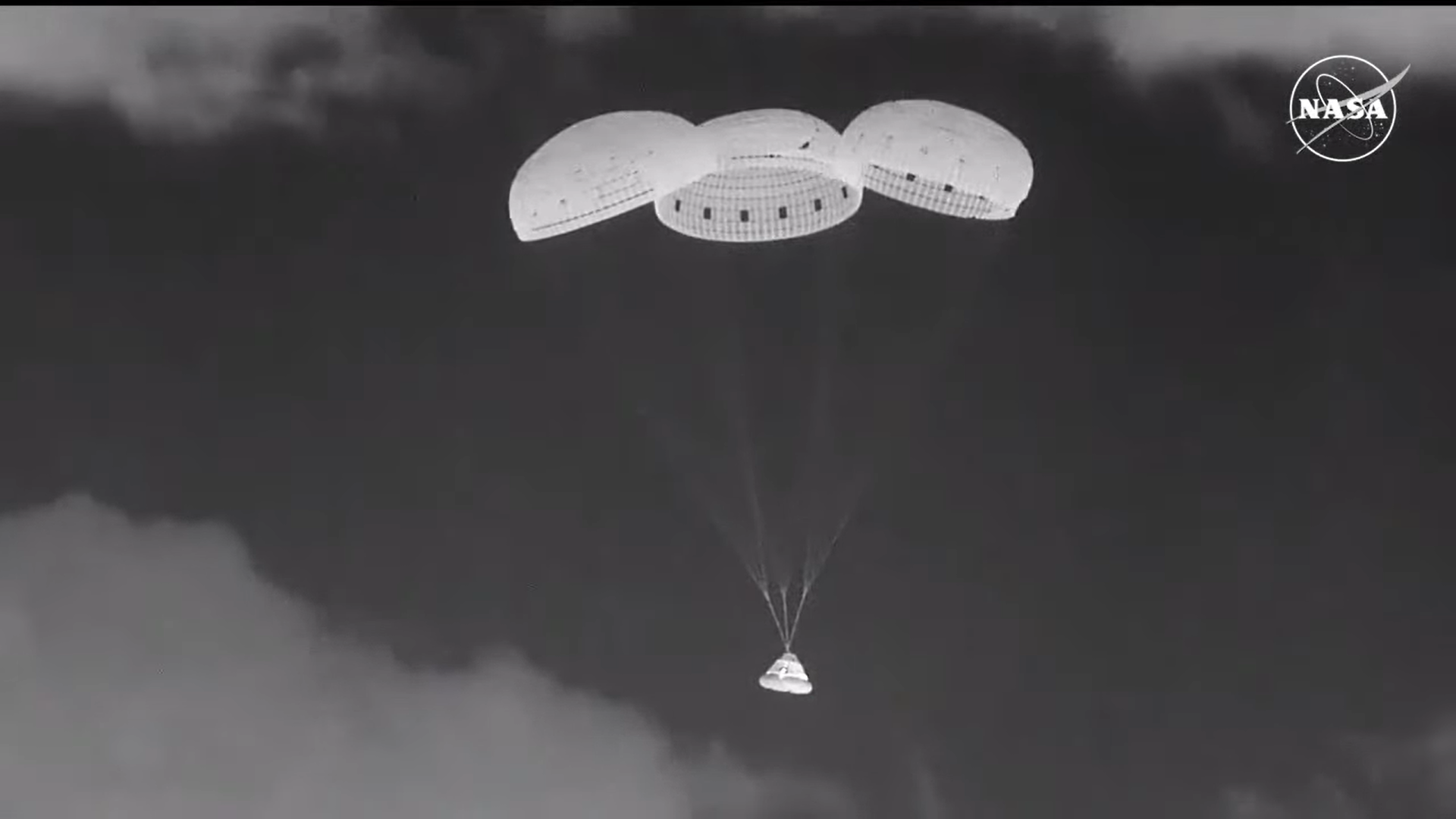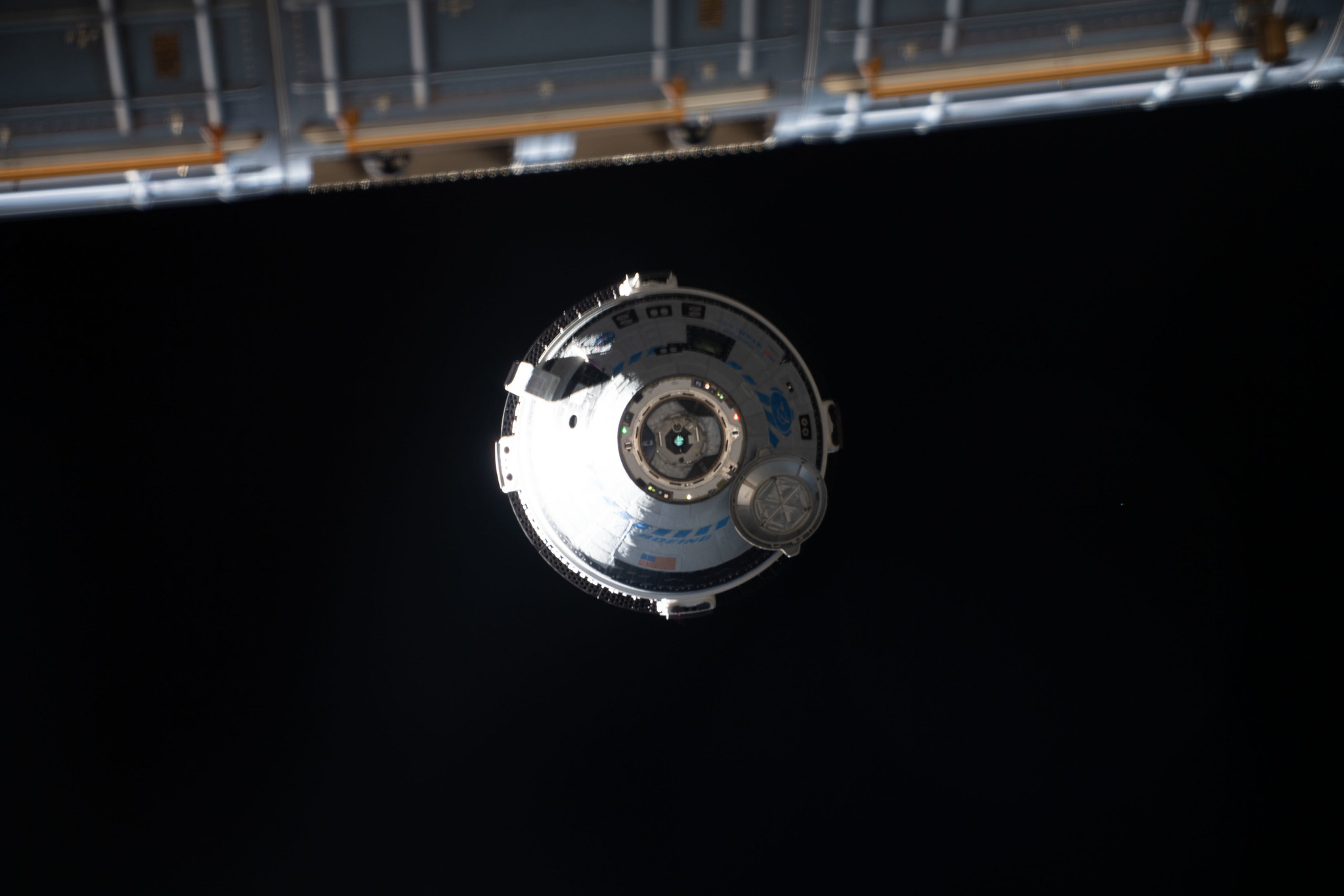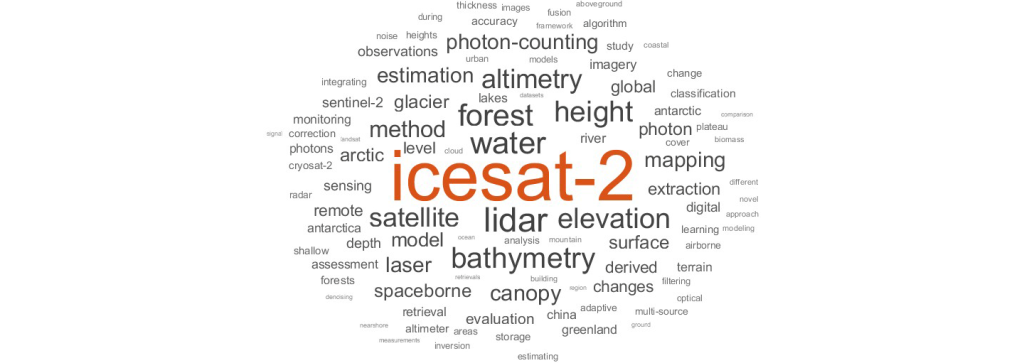NASA Names Finalists to Help Deal with Dust in Human Lander Challenge
NASA selected 12 finalist teams to compete in the next round of the Human Lander Challenge (HuLC) competition. In 2023, NASA invited undergraduate and graduate students from accredited colleges and universities in the United States to propose innovative solutions to manage the lunar dust a spacecraft stirs up when landing on the Moon. NASA’s Artemis […]
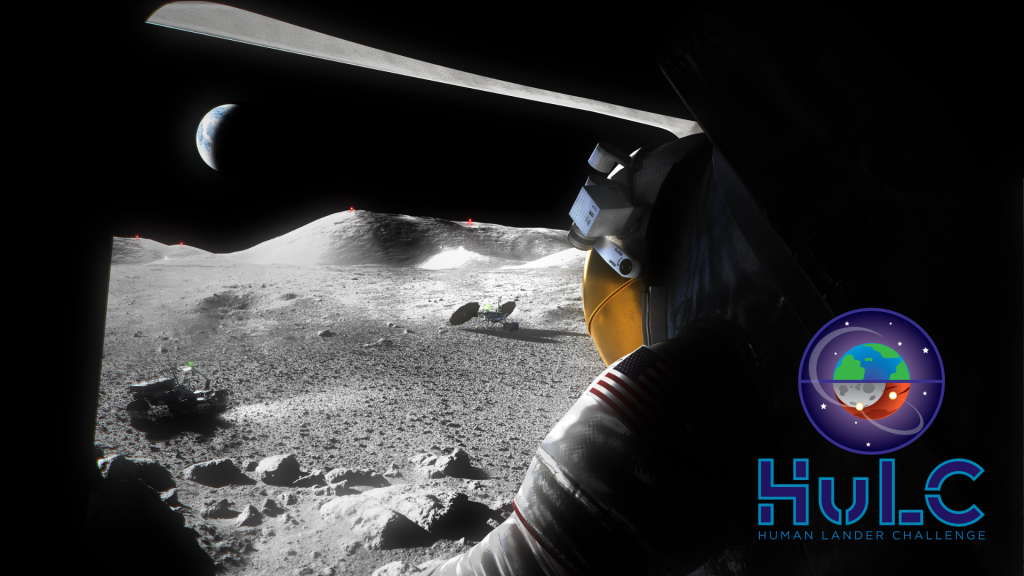
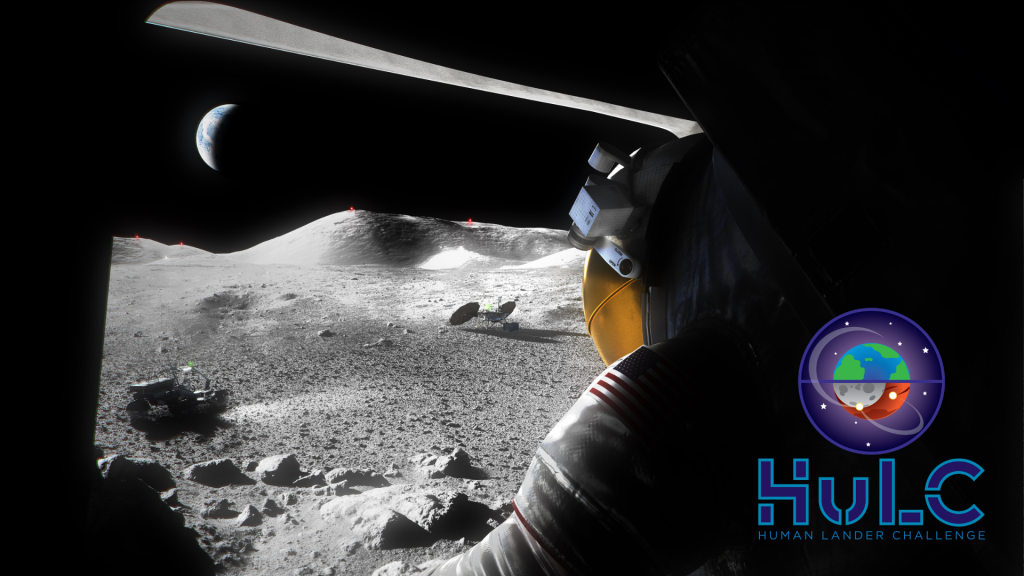
NASA selected 12 finalist teams to compete in the next round of the Human Lander Challenge (HuLC) competition. In 2023, NASA invited undergraduate and graduate students from accredited colleges and universities in the United States to propose innovative solutions to manage the lunar dust a spacecraft stirs up when landing on the Moon.
NASA’s Artemis campaign will establish a long-term human presence on and around the Moon for the benefit of all, and one of the challenges the agency and its partners must address is the particularly dusty aspect of landing on the lunar surface. These university-level teams will spend the next several months continuing to develop their concepts for managing or preventing the cloud of dust created when using rocket engines to land on unprepared surfaces like the Moon. This effect is called plume surface interaction and can damage assets NASA plans to establish on the Moon’s surface, like habitats and scientific experiments.
“Each team brings a unique perspective and I’m excited to see the cumulation of each team’s extensive research and concept development at the 2024 Forum,” said Jamshid Samareh, lead for the technology identification and assessment team at NASA’s Langley Research Center in Hampton, Virginia. “Their proposed system-level designs showcase the brilliance and dedication of the Artemis Generation to our collective mission. I am confident their work will propel us closer to the Moon and hopefully inspire future advancements in space exploration.”
The 2024 HuLC Finalist Teams are:
- Colorado School of Mines
- “Prudent Landers – FAST”
- Advisor: Mark Florida, Dr. Angel Abbud-Madrid, David Purcell
- Embry-Riddle Aeronautical University
- “Plume Additive for Reducing Surface Ejecta and Cratering (PARSEC)”
- Advisor: Dr. Siwei Fan
- Embry-Riddle Aeronautical University
- “Ceramic Research Advancement Technology at Embry-Riddle (C.R.A.T.E.R.)”
- Advisor: Seetha Raghavan
- Ohio Northern University
- “HuLC Smash”
- Dr. Louis DiBerardino
- Texas A&M University
- “Maroon Moon: Preliminary Surface Stabilization to Mitigate Lunar Plume Surface Interaction”
- Advisor: John F. Connolly, Dr. Jean-Louis Briaud
- Texas A&M University
- “Synthetic Orbital Landing Area for Crater Elimination (SOLACE)”
- Advisor: Dr. Helen Reed
- Texas State University
- “Numerical Simulation and Physical Validation of Regolith Ejecta During Plume Surface Interaction”
- Advisor: Dr. Bin Xiao
- The College of New Jersey
- “TCNJ Adaptable Regolith Retention Program (TARRP)”
- Advisor: Mohammed Alabsi
- University of California San Diego
- “Microwave Lunar Sintering of Nanophase Iron Enriched Lunar Regolith for the Creation of a Lunar Landing Pad”
- Advisor: Dr. Amy Eguchi, Dr. Zahra Sadeghizadeh, Dr. Ross Turner
- University of Colorado Boulder (Graduate Team)
- “Lunar Surface Assessment Tool (LSAT): A Simulation of Lunar Dust Dynamics for Risk Analysis”
- Advisor: James Nabity
- University of Illinois Urbana-Champaign
- “HINDER: Holistic Integration of Navigational Dynamics for Erosion Reduction”
- Advisor: Laura Villafane Roca
- University of Michigan
- “ARC-LIGHT: Algorithm for Robust Characterization of Lunar surface Imaging for Ground Hazards and Trajectory”
- Advisor: Mirko Gamba, Chris Ruf
The finalist selection process involved a rigorous assessment of each team’s proposal package submission, consisting of a 5–7-page concept proposal and a two-minute summary video. The judging panel made up of subject matter experts from NASA’s Human Landing System Program considered factors such as feasibility, innovation, and adherence to NASA’s safety standards. Each team will receive a $7,000 stipend award to facilitate further development of their proposed concept and their full participation in the 2024 HuLC Forum in Huntsville, Alabama this June. The 12 finalists will make final presentations to a panel of NASA and industry experts at the onsite HuLC Forum. The top three winning teams will share a prize purse of $18,000.
The Human Lander Challenge is sponsored by NASA’s Human Landing System Program and managed by the National Institute of Aerospace.
Through Artemis, NASA will land the first woman, first person of color, and its first international partner astronaut on the Moon, paving the way for a long-term, sustainable lunar presence to explore more of the lunar surface than ever before and prepare for future astronaut missions to Mars.
For full competition details, visit the Human Lander Challenge website:
What's Your Reaction?



















.jpg?#)
























